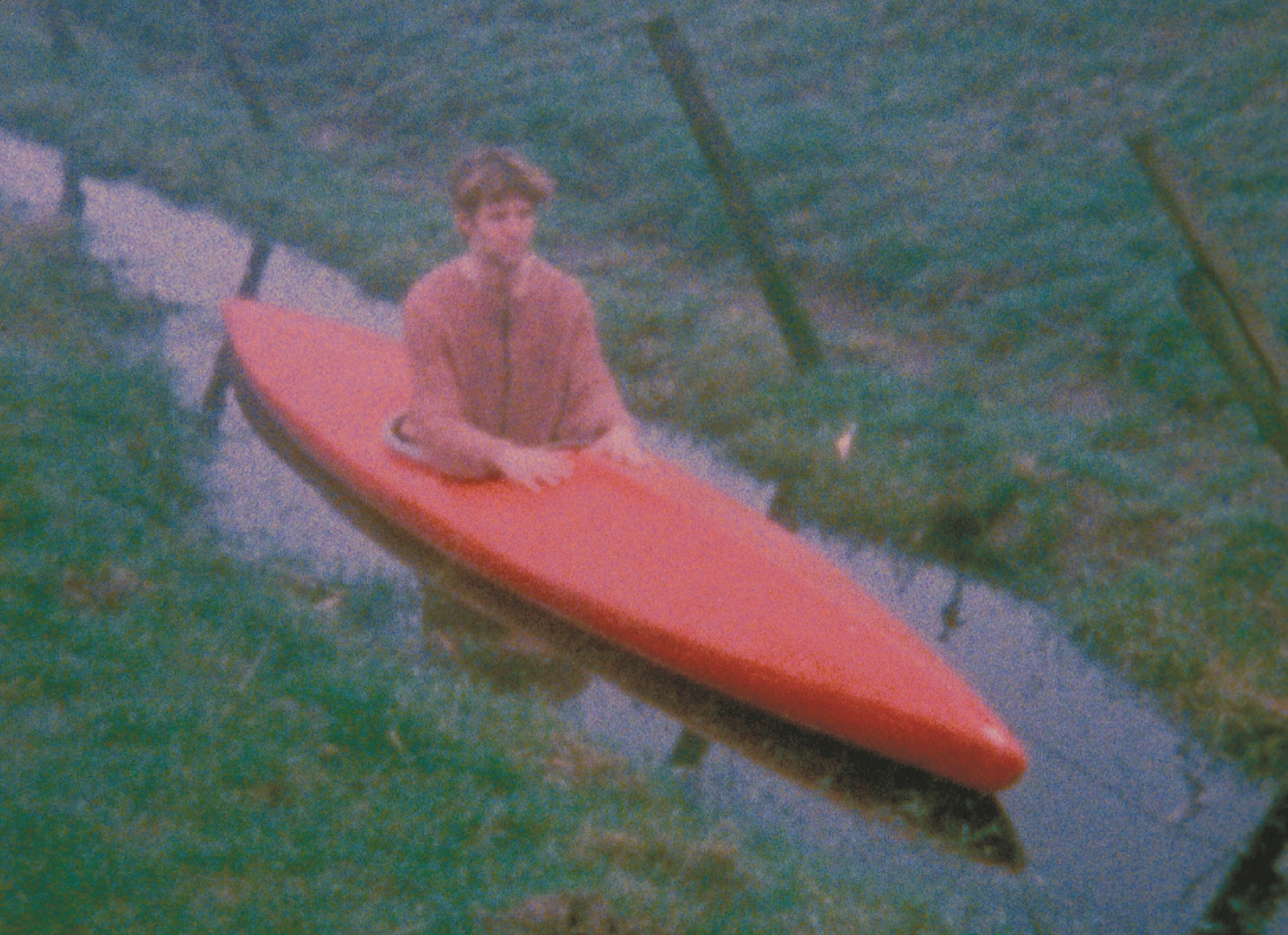Three visions of the landscape from the collection of contemporary audiovisual art: Jeroen Eisinga, Rob Johannesma and Friedrich Kunath
Three audiovisual works centring around the contemporary landscape were shown on the attic storey of the Vleeshal. From classically painterly (Rob Johannesma) through dryly comic and retiring (Jeroen Eisinga) to out-and-out romantic (Friedrich Kunath), the landscape was employed for artistic investigation.
The untitled work by Rob Johannesma (b. 1970) expressly refers to the history of painting. The artist ‘paints’ with his video camera, as it were (he zooms in on slides that he makes from nature, which he then moves back and forth very precisely in front of the lens), and displays extreme interest in the physical structure of nature: trees, branches and leaves. As modernists like Gestel (to be seen on the ground floor of the Vleeshal) reduced the landscape to a mosaic of abstract fields, Johannesma’s woods by night is also a study in the essence of natural forms.
In the 16-mm film Canoe by Jeroen Eisinga (b. 1966) a man is sitting in a red canoe, floating in a narrow drainage ditch in a meadow under an overcast sky. He has no paddle, and therefore can go nowhere. Resigned to his fate he gazes straight ahead. It is an image as simple as it is powerful, in which the artist employs a typically Dutch agricultural landscape as a metaphor for limitation and laziness.
Friedrich Kunath (b. 1974) also uses the landscape to express feelings and emotions. In the video work About Soufflé we see the artist running and jumping through landscapes all around the globe – from a narrow street in Amsterdam’s Jordaan to virgin nature in China. Like a whole generation of young artists again in search of ways to escape everyday reality, who employ themes that are familiar to us from Romanticism, for Kunath the landscape also serves as a backdrop for fierce desires and unattainable dreams. There is an unending search for paradise.
Still of Canoe, Jeroen Eisinga
